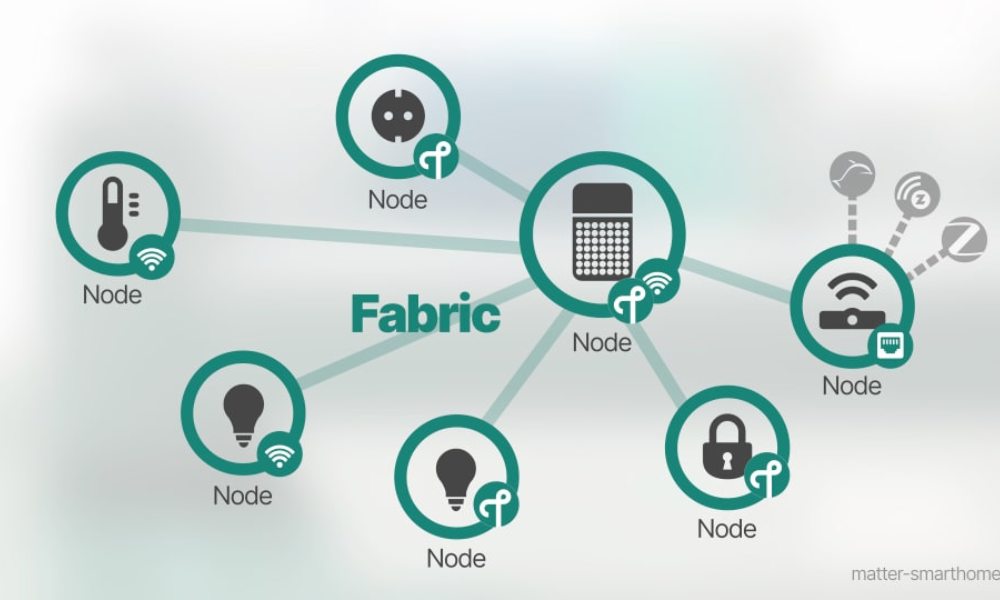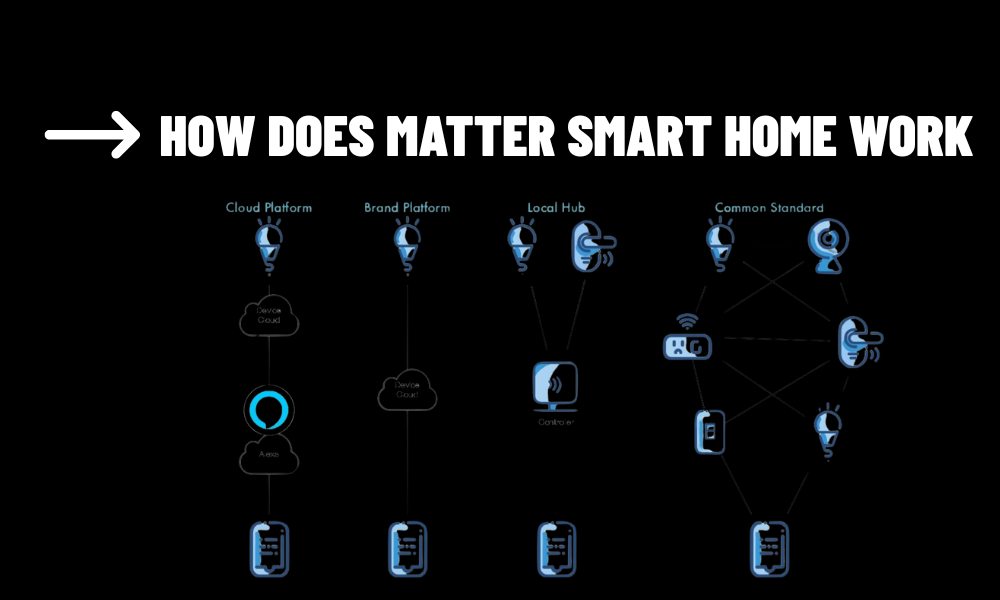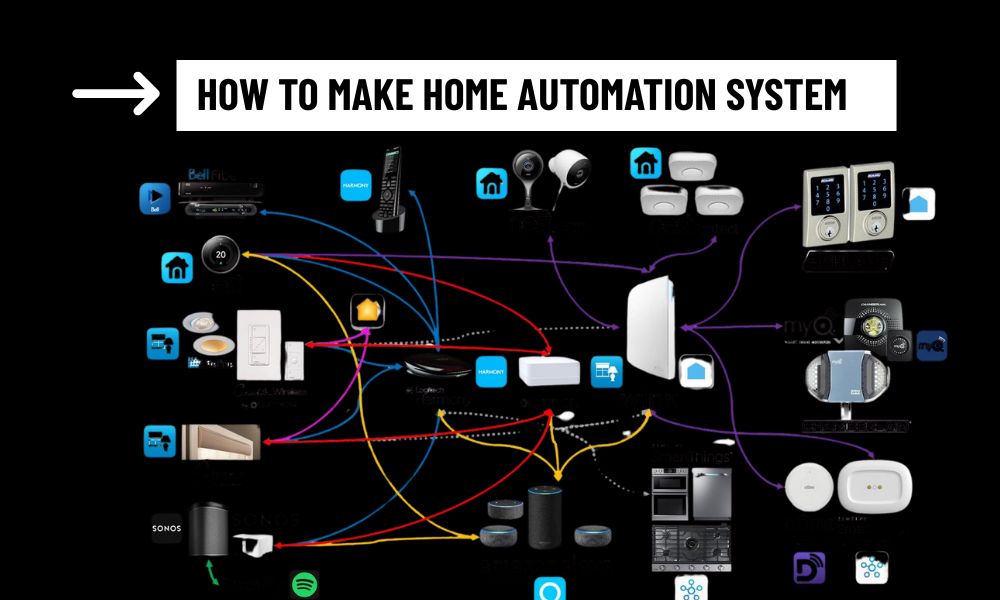The smart home industry has long suffered from fragmented ecosystems, complicated setups, and brand lock-in. Homeowners juggling multiple apps and hubs for lighting, security, and energy management know the frustration. That landscape is changing with Matter—the universal smart home protocol developed by the Connectivity Standards Alliance (CSA). But exactly how does Matter smart home work, and why is it being hailed as the future of smart home connectivity?
Contents
What Is Matter?
Matter is a next-generation, IP-based connectivity standard created to address the core challenges in the smart home world—interoperability, reliability, security, and ease of use. Supported by major tech companies like Apple, Amazon, Google, and Samsung, Matter is designed to allow smart home devices from different manufacturers to work together seamlessly.
Built on proven technologies like Wi-Fi, Ethernet, and Thread, Matter creates a standardized application layer for device communication. This means you can buy a Matter-certified smart light, thermostat, and door lock from three different brands, and they will all communicate flawlessly within your home network.

How Does Matter Smart Home Work?
To understand how Matter functions, we need to look at both the technical infrastructure and the user experience it enables.
1. IP-Based Foundation
Matter is built on Internet Protocol (IP), the same technology that powers the internet and your home network. Unlike legacy protocols like Zigbee or Z-Wave, which often require proprietary bridges, Matter devices speak a universal language over IP, making it possible for them to communicate directly over your local Wi-Fi or Ethernet connection. For low-power devices, Matter also supports Thread, a mesh networking protocol optimized for smart homes.
2. Standardized Device Communication
When you onboard a Matter device, it follows a standard commissioning process. This includes:
Device discovery using Bluetooth or mDNS (Multicast DNS)
Secure onboarding via QR code or NFC tag
Mutual authentication between the controller (like your phone or smart speaker) and the device
Encrypted communication using state-of-the-art protocols
All Matter devices must pass a certification process to ensure compliance with these standards, reducing bugs and incompatibility issues.
3. Multi-Admin and Ecosystem Agnostic
One of Matter’s most powerful features is multi-admin support. This means you can control a Matter-enabled device from multiple platforms simultaneously—Apple HomeKit, Google Home, Amazon Alexa, or Samsung SmartThings—without any special setup. For example, your spouse can use Alexa while you prefer Siri, both controlling the same Matter devices in real time.
4. Local First, Cloud Optional
Another defining feature of how Matter smart home works is its local-first architecture. All device communication happens over your home network, so actions like turning on lights or locking doors are fast and reliable, even when your internet is down. Cloud connectivity is optional and used only when needed (e.g., remote access or firmware updates), reducing the attack surface and improving data privacy.
Practical Use Case: A Matter-Powered Home
Imagine you install a Matter-compatible smart lock from Yale, a thermostat from Ecobee, motion sensors from Eve, and smart lighting from Philips Hue. With Matter, you can create automation rules like this:
When motion is detected after 10 PM, the hallway lights turn on at 50% brightness.
If the door is unlocked and no one is home, the system sets the thermostat to eco mode.
You can trigger all this from any voice assistant or your preferred mobile app—no bridges or additional configuration required.
Advantages of Matter in the Smart Home
✅ Universal Compatibility: Buy the devices you want, regardless of brand.
✅ Faster Setup: Onboarding with a simple scan and unified process.
✅ Improved Security: Every connection is encrypted and verified.
✅ Responsive and Reliable: Local control means instant reactions.
✅ Scalable Ecosystem: Easy to expand your smart home without worrying about device support.
What Matter Doesn’t (Yet) Solve
While Matter is a major step forward, it’s not perfect. As of 2025, some product categories like security cameras, robot vacuums, and home appliances have limited or no support. Manufacturers may need time to update firmware or release new hardware to meet Matter standards. Also, legacy smart home products without updates or bridges won’t magically become Matter-compatible.
Conclusion
So, how does Matter smart home work in reality? By creating a universal, secure, and efficient standard for device communication, Matter transforms the way smart homes operate. It breaks down silos between ecosystems, simplifies device management, and ensures that homeowners can build connected environments with confidence.
For tech enthusiasts and everyday users alike, Matter is more than just a protocol—it’s the long-awaited key to a truly interoperable smart home future. As more devices gain certification and the standard evolves, adopting Matter is one of the smartest decisions for anyone looking to modernize their home.



